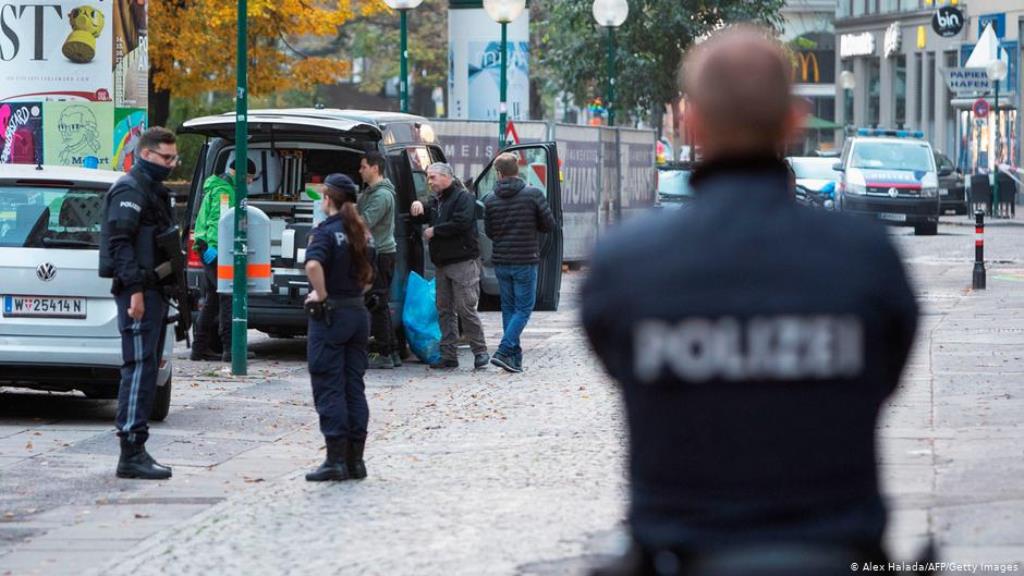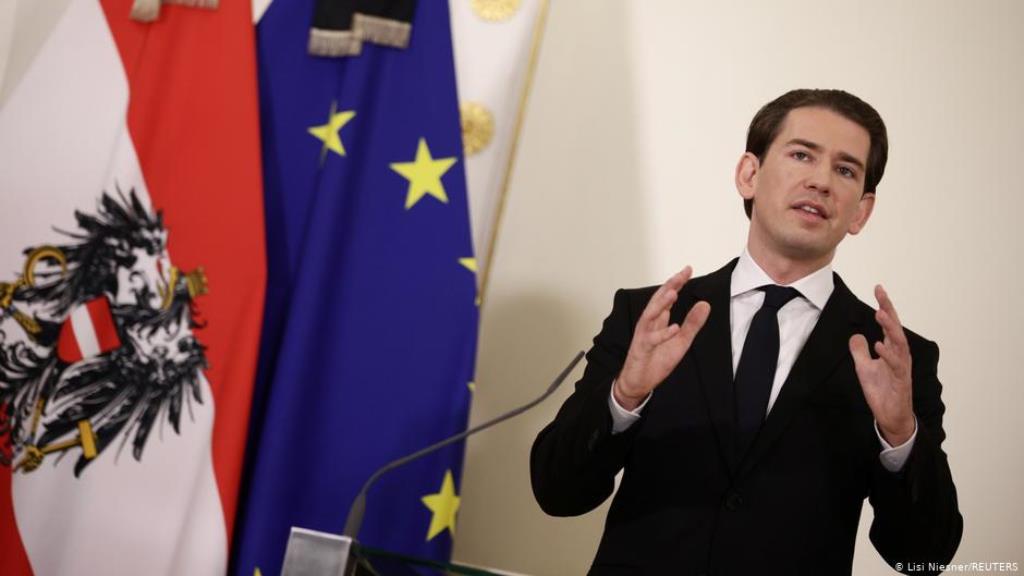Europeans must not fall into the Islamic State trap

The attack in Vienna proves once again that it was always a pious hope that IS, the so-called Islamic state, was defeated with the reconquest of its caliphate in Iraq and Syria.
Even though U.S. President Donald Trump has repeatedly emphasised in his election campaign that the victory over the IS is down to him personally. IS has always been more than a territory, it is an ideology and its followers follow strategies that are also given to them online.
One of these strategies for Europe was described in the now discontinued, professionally produced, IS online magazine "Dabiq". In a manifesto published there in 2015, a social dynamic was described that the militant Islamists aimed to exploit for themselves. The idea was relatively simple: with every Islamist attack in Europe, the anti-Islamic mood there grows. The consequence, the manifesto said, would be polarisation and, as it said at the time, "the elimination of the grey zone".
Erklärung von Bundespräsident Alexander Van der Bellen anlässlich des Terroranschlags in #Wien. pic.twitter.com/F4D12hri4b
— A. Van der Bellen (@vanderbellen) November 3, 2020
This so-called " grey zone" was used to describe the co-existence of Muslims and non-Muslims in Europe, which must be challenged. The exclusion of Muslims in the West would make it all the easier to drive them into the arms of the militant Islamists and their ideology, and they would thus be easily recruited to IS, wrote Islamic State strategists at the time.
The attack in Vienna fits exactly into this concept. IS is aiming to trigger a vicious circle, in which its calculation will work out even without the caliphate. After each of its attacks in Europe, its strategists hope that the Muslims living there will be marginalised.
Treacherous strategy of extreme polarisation
The best IS scenario would then be follow-up attacks by right-wing radical, self-proclaimed crusaders on mosques, for example, which would drive Muslims further into a corner, only to make them more vulnerable to IS ideology. The best strategy against the IS is therefore not to fall into this trap and to stand together as a society.

Incidentally, the strategic IS manifesto for Europe may even have an Austrian connection. The Middle East expert Petra Ramsauer points out that one of the main propagandists who may have co-written the manifesto comes from Vienna of all places. Mohamed Mahmoud, born in Vienna in 1985, became a leading member of the "Global Islamic Media Front" (GIMF) in 2006. Also known as Abu Usama al-Gharib, he was arrested in Vienna in 2007 because, according to authorities, he had started buying components for an explosive belt.
The GIMF had also distributed a video threatening attacks on targets in Austria and Germany. Mohamed Mahmoud served a four-year sentence, in which he is said to have written about the "grey zone" in the IS manifesto.
After his release, he moved to Berlin and later to Solingen to join IS in Syria. In March 2013 he appeared in an Internet video in which he burned his Austrian passport and announced further attacks. In 2018 he was killed in an air raid by the anti-IS coalition in Syria.
© Qantara.de 2020
